The project aims to advance the emerging oyster farming sector in Texas, starting with a mobile hatchery
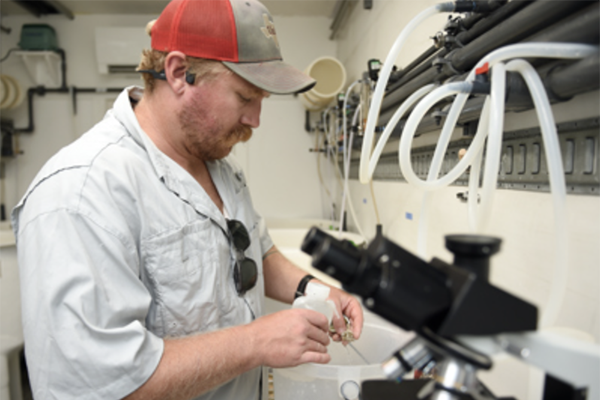
The Palacios Marine Agricultural Research (PMAR) has announced a new project to advance the oyster farming industry in Texas. Taking inspiration from the Texas Parks and Wildlife (TPWD) success with red drum (Sciaenops ocellatus) and spotted seatrout (Cynoscion nebulosus), PMAR is creating a large-scale hatchery system in collaboration with conservation groups. This initiative aims to benefit the entire oyster industry, with a focus on supporting the emerging oyster aquaculture sector in Texas.
“Assisting the oyster aquaculture industry achieves two goals for PMAR,” said Dr. Joe Fox, executive director for PMAR. “A healthy aquaculture industry takes pressure off the commercial oyster fishery, conserving reefs, creating new jobs and adding to the coastal economy. At the same time, oysters on the ranches are filtering water that improves ecosystem health and creating fishable habitat. Everyone wins if they are successful.”
The first hatchery is currently under construction in Palacios, Texas, but to speed up the process, PMAR acquired and made operational the first mobile hatchery west of the Mississippi River. This high-tech facility – the size of an 18-wheeler refrigerator truck – can produce up to 20 million oyster larvae per week. Rob Hein, the hatchery manager, and PMAR’s expert team have already generated over 200 million larvae.
“I think it must be like working on the international space station,” noted Hein. “It’s a relatively small linear tube packed with equipment and not much space to spare, with algae and oyster larvae developing all around. It keeps you on your toes.”
The mobile hatchery is a high-pressure and resource-intensive operation and cannot replace a larger-scale brick-and-mortar facility long-term. However, PMAR said that it “fills an important gap in contributing to much-needed restoration right now and is considered a catalyst to a new Texas coastal industry.”
The Nature Conservancy and Pew team up to support oyster aquaculture, restoration
“Today, the Texas oyster aquaculture industry depends on out-of-state hatcheries to supply the seed oysters that are vital to the viability of Texas oyster ranches,” wrote PMAR in a press release. “Yes, in true lone star form, they are referred to as oyster ranches in Texas. Because of the successful operations of Texas’s first mobile hatchery in Palacios, PMAR is now able to provide Texas oyster ranchers with seed oysters, helping to assure their sustainability.”
PMAR has supplied seed oysters to several Texas oyster ranchers from PMAR’s mobile hatchery and nursery facilities over the last month. More will be made available as demand and the industry grows. PMAR will continue to support restoration practitioners along the coast with at least two brick-and-mortar hatcheries in the future. In the meantime, PMAR’s mobile hatchery keeps pumping out oyster larvae, millions at a time.
Now that you've reached the end of the article ...
… please consider supporting GSA’s mission to advance responsible seafood practices through education, advocacy and third-party assurances. The Advocate aims to document the evolution of responsible seafood practices and share the expansive knowledge of our vast network of contributors.
By becoming a Global Seafood Alliance member, you’re ensuring that all of the pre-competitive work we do through member benefits, resources and events can continue. Individual membership costs just $50 a year.
Not a GSA member? Join us.
Author
-
Responsible Seafood Advocate
[103,114,111,46,100,111,111,102,97,101,115,108,97,98,111,108,103,64,114,111,116,105,100,101]
Tagged With
Related Posts
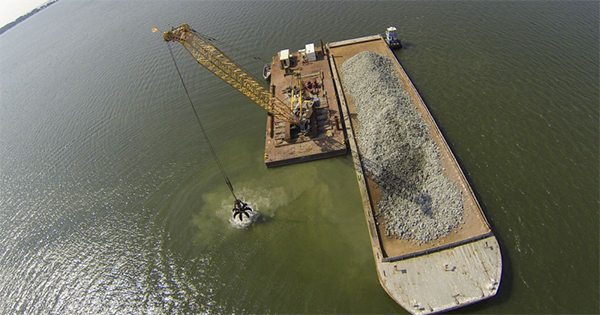
Responsibility
World’s largest oyster reef restoration project shows ‘significant progress’
A large-scale oyster reef restoration project led by NOAA aims to revitalize more than 2,300 acres in Maryland and Virginia waters.
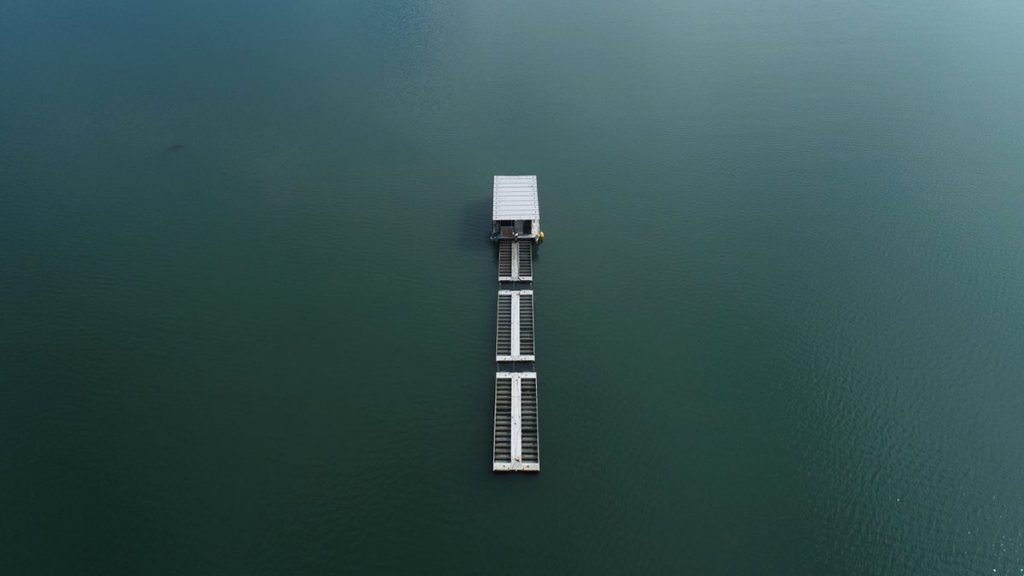
Innovation & Investment
This Maine company thinks kelp buoys and oyster farming can save the ocean through carbon capture and sequestration
Maine-based Running Tide uses carbon-capture and oyster farming techniques – using both low and high technology – to restore ocean health.
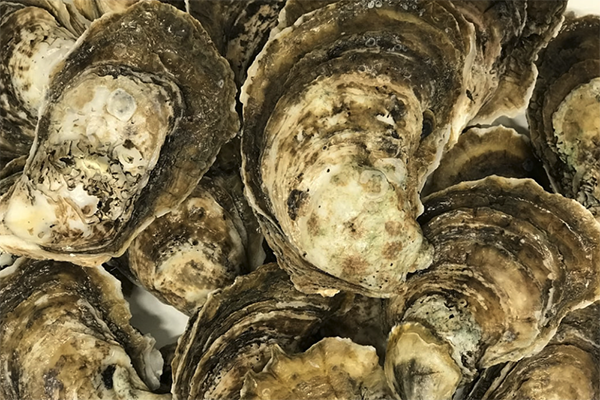
Responsibility
Joint initiative to replenish oyster population in Baltimore Harbor
Using a solar-powered automated aquaculture system, a collaboration aims to replenish the native oyster population in the Baltimore Harbor.
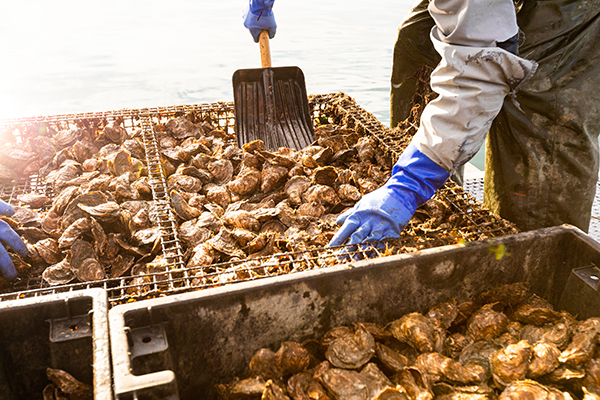
Responsibility
The Nature Conservancy defines restorative aquaculture in new study
The Nature Conservancy's latest study sets out a standard definition of and global principles for restorative aquaculture.



